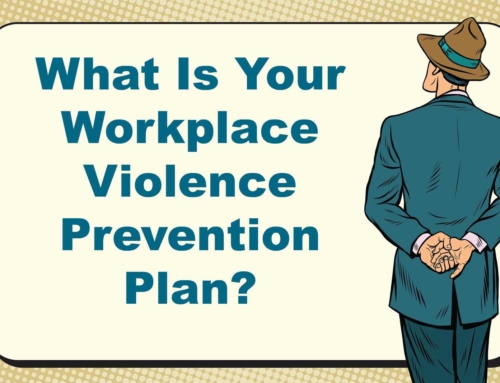Health Sector Combats Workplace Violence With Passing of Ohio Bill
 An article appeared in the Columbus Dispatch in Ohio recently commenting on the passing of a new bill regarding workplace violence in the health sector, passed by the Ohio House (83 – 12) which would give nurses, doctors and other professionals in the health sector added protection against assaults. The bill increases the significance of the penalty that could be imposed following a conviction for an assault.
An article appeared in the Columbus Dispatch in Ohio recently commenting on the passing of a new bill regarding workplace violence in the health sector, passed by the Ohio House (83 – 12) which would give nurses, doctors and other professionals in the health sector added protection against assaults. The bill increases the significance of the penalty that could be imposed following a conviction for an assault.
Rep. Anne Gonzales, R-Westerville, the bill sponsor, said health-care workers deal with victims of workplace violence every day and are increasingly becoming victims themselves. “Workplace Violence directly leads to reduced productivity on the job as well as requiring the use of sick time to recover from personal injury resulting from increasingly violent assaults,” Gonzales said. The enhanced penalty would be a deterrent, she said. “We believe even verbally alerting a potential assailant that assaulting a health-care professional is a felony may help defuse many situations.”
In my experience, attempting to verbally point out to a person that the potential consequences of what they were about to do would have little effect on the situation at all. A person, in an assaultive frame of mind, is not thinking rationally or clearly in the first place and believing that you are somehow going to appeal to their rational side, is not based in reality.
The International Labour Organization (ILO) has long recognized that employees working in the Health Sector receive elevated levels of workplace violence compared to many other industries. In 2005, the ILO published a training document titled, “Framework Guidelines for Addressing Workplace Violence in the Health Sector.” One of the exercises in that training document was to ask participants what they would do with a $10,000 grant that had been provided for concrete initiatives to combat workplace violence in the health sector.
The participant group was told they represent several different interested groups, all who had different approaches to spending the money. The goal was to reach a consensus.
The Various Viewpoints Were These:
- The Government proposes additional training
- The workers propose that the money should be allocated to give them a special indemnity to compensate them for the risks of workplace violence
- Management reports that the lack of beds is contributing to the violence and suggests to concentrate resources in this area rather than on specific initiatives on workplace violence
- Trade unions would like to focus attention on the increasing importance of psychological violence
- The enlarged community seeks increased attention on the risks of physical aggression both in the society and within the workplace and
- Professional associations suggest using the resources to improve the overall quality of health services.
Not one of the choices was to yell more loudly at the person just as they were about to commit the assault.
Phil Eastwood






Leave A Comment